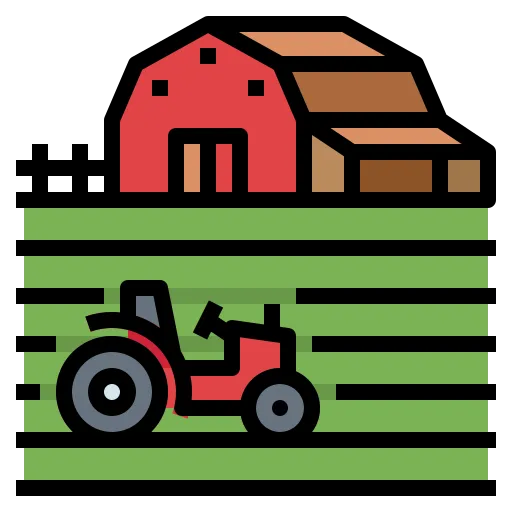Publications
Categorías

The Territorial Strategy for the Management of Rural Property Regularization (ETGRPR) is an alternative that was formulated to address the problems of informality in rural land ownership and to progressively clean up the legal situation of unregistered properties, aimed at the department of Casanare to promote the joint execution of specific actions between the different entities responsible for property regularization and land management.
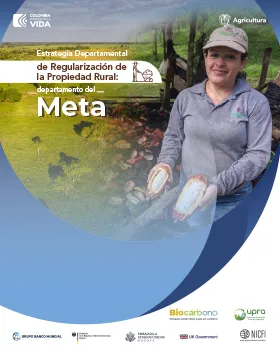
This Territorial Strategy for the Management of Rural Property Regularization (ETGRPR), Meta department, contributes to the country and to the project in several ways. First, it provides relevant information on the commercial prices of rural properties in the department and its municipalities. These prices reflect the biophysical characteristics of the land, its proximity to infrastructure and marketing centers, as well as access to natural resources and the environment. This information is essential to identify the possible causes of price variations and understand territorial dynamics.
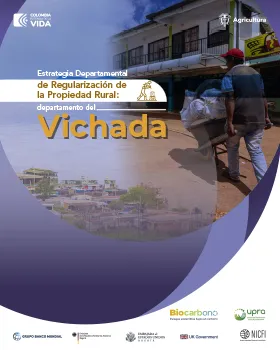
This Territorial Strategy for the Management of Rural Property Regularization (ETGRPR), department of Vichada, contributes to the country and to the project in several ways. First, it provides relevant information on the commercial prices of rural properties in the department and its municipalities. These prices reflect the biophysical characteristics of the land, its proximity to infrastructure and marketing centers, as well as access to natural resources and the environment.
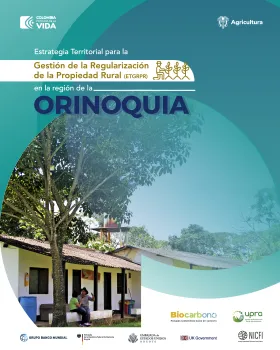
The Territorial Strategy for the Management of Rural Property Regularization (ETGRPR) is an alternative that was formulated to address the problems of informality in rural land ownership and progressively clean up the legal situation of unregistered properties, aimed at the departments of the Orinoquia to promote the joint execution of specific actions between the different institutions responsible for property regularization and land management.
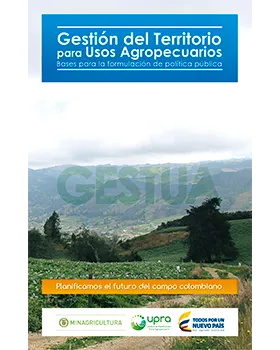
The document formulates guidelines, both conceptual and strategic, as well as instrumentalization and management, essential for the formulation of the Territorial Management Policy for Agricultural and Livestock Uses (GESTUA), which promotes agricultural and livestock development with a territorial focus. This is based on three interrelated axes: agricultural sector planning, agricultural territorial planning, and intersectoral agricultural management. These axes are developed through 15 lines of action.
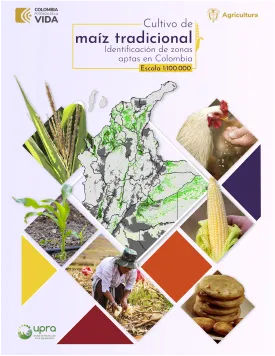
Below is a technical report on the zoning of suitability for the cultivation of traditional corn (Zea mays L.) in Colombia at a scale of 1:100,000. The report is developed in accordance with the mission function of planning the efficient use of rural land and the adaptation of lands carried out by the UPRA, whose purpose is to direct investment in the agricultural sector.


